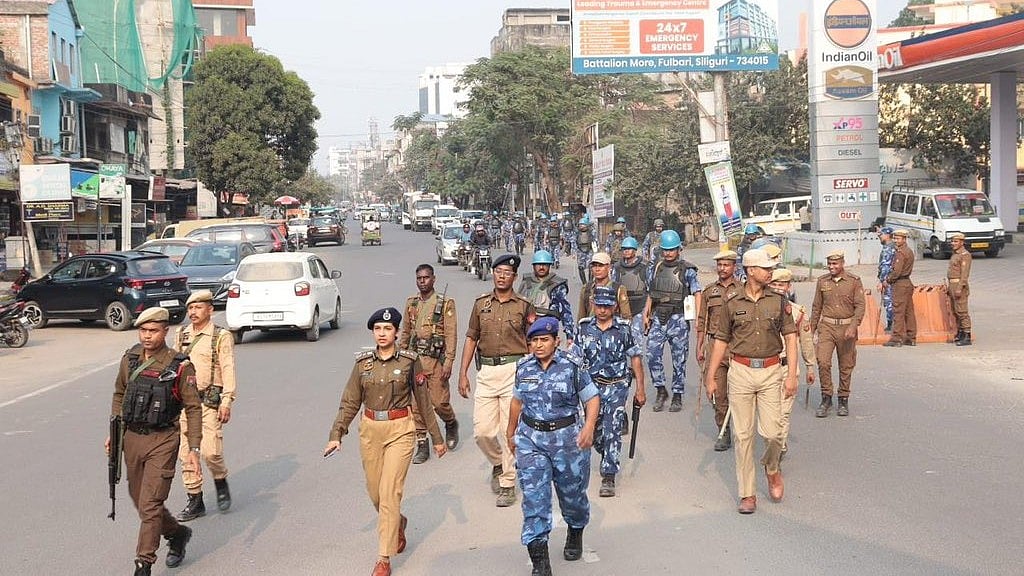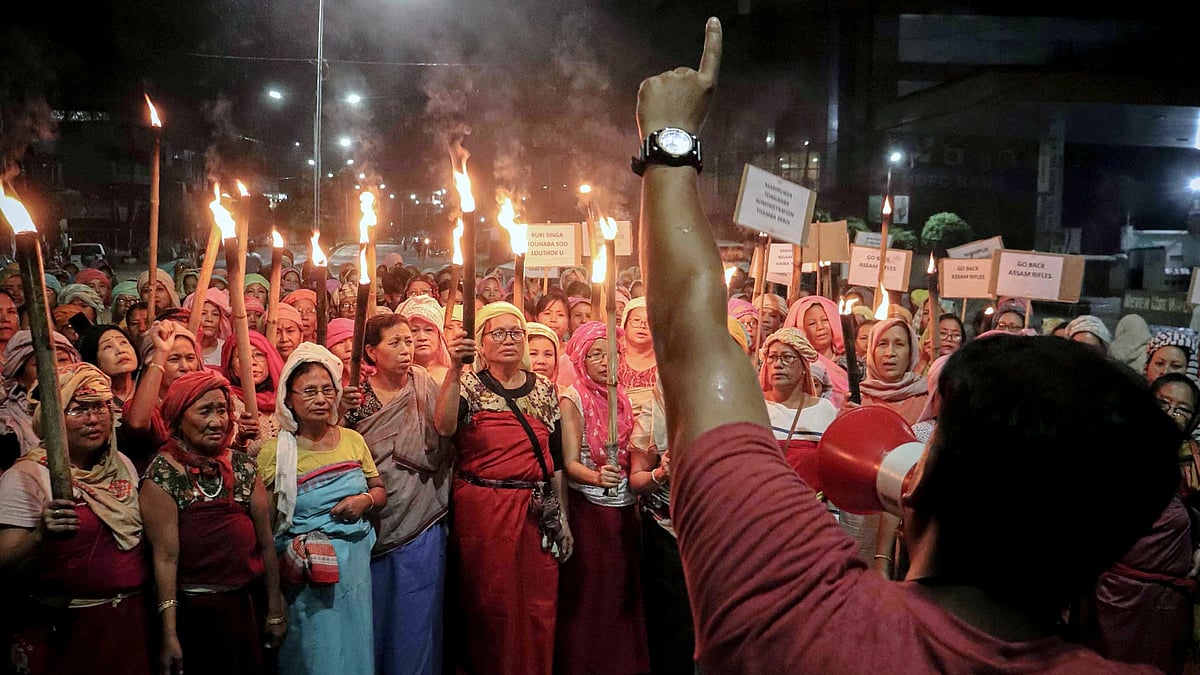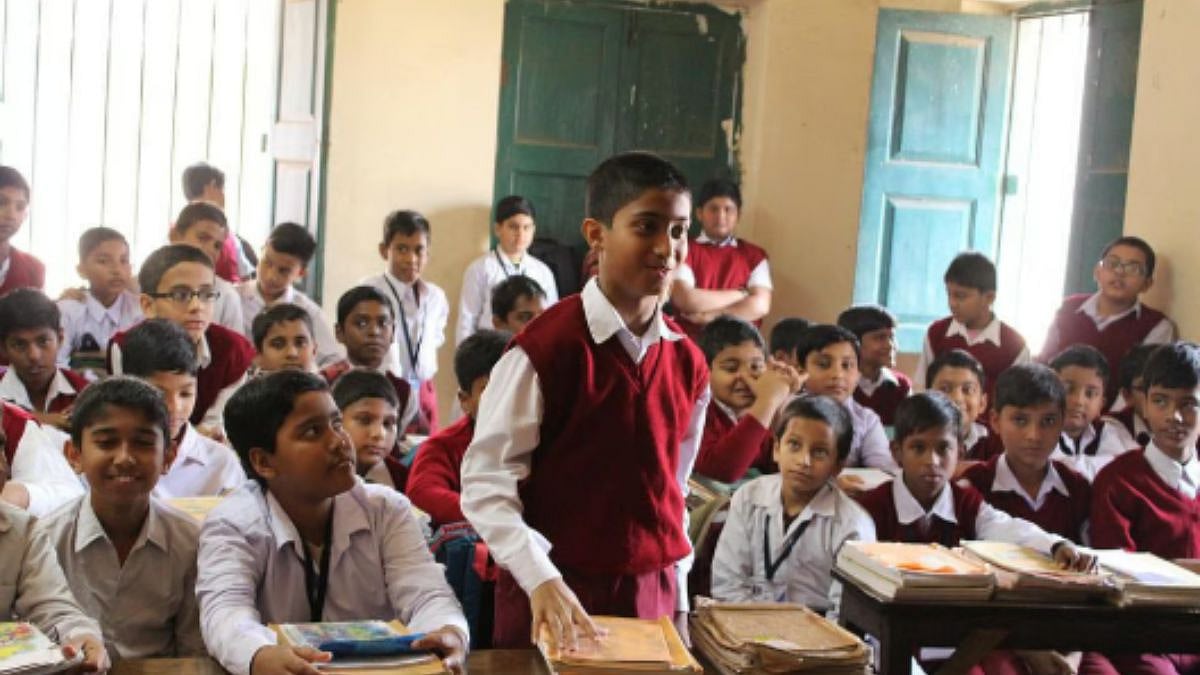The negative growth number in the GDP was expected and hence this was not really a surprise. But it does raise a broader question on whether anything can be done to turn the tide. The second quarter is also probably going to witness a similar de-growth, though the intensity will be lower. As things stand today, the economy is just waiting for the monthly unlock guidelines, which opens the door, albeit in a limited manner. This is understandable, since the infection cases have not yet peaked and the likelihood of their increasing further looks real. In such a situation, can anything be done?
The answer is that the onus is on the government to do something different. The private sector is just not able to provide any support for the growth process for several reasons. First, there is excess capacity in industry, as demand has slumped and hence there is no need to invest more. Second, infrastructure activity has virtually come to a standstill and only and unless a push is given can the private sector play its role. Third, the private sector, especially the SMEs, are already at the corner when it comes to repaying banks, and the end of the moratorium means that there will be more caution shown when borrowing from banks. Fourth, the banks and NBFCs, on their part, are less willing to lend to industry at this point of time, as evidenced by the surplus funds being deployed in the reverse repo auctions.
There is hope that there will be a revival in consumer demand. This too has limitations. First, several people have lost their jobs already, due to the lockdown. Second, there have been pay cuts across the board, which means that willingness to spend is low. This has already created problems for the leveraged households, as servicing bank loans is getting tougher. Therefore, while the ‘pent-up demand’ theory may work to an extent during the festival time, it cannot be anywhere close to what is normally witnessed. The expectation of rural demand to revive is palpable, given the good monsoon, but it would be necessary for price realisation to be commensurate with the output. In the past, higher kharif output has led to prices falling. Besides, in these uncertain times, the rural folk may prefer to save in gold, rather than spend. At any rate, it cannot drive growth of the economy and at best, can sustain rural demand.
Under these circumstances, there is a call for the government to do something special. So far, the government has played the role of enabler of growth and created conducive policies for the private sector to operate. In the economic relief package, barring the food relief given, the rest was driven through the financial system, with the government’s role being restricted to a certain quantum of guarantees to SME and NBFC loans. While this has been beneficial for sure, it has not added to demand, which is lacking in the economy. The option is to go in for some extraordinary spending, by expanding the fiscal deficit.
Intuitively, it can be seen that in case the government spends Rs 1 lakh crore, that would be around 0.5 per cent of the GDP, which can add to overall spending. Ideally a sum of Rs 2 lakh crore, which is 1 per cent of the GDP, should be ploughed in immediately on projects. The government has spent on the NRGA programme, but this would be more in the nature of transfer payment, where there is no concrete GDP added. This is one of the reasons why the contribution of the government sector in the GVA for Q1-FY21 had shown a decline of 10.3 per cent even as fiscal deficit mounted. The spending must be real.
The advantage of government capex is that it creates a virtuous circle. First, spending on roads, railways, power projects, urban development creates demand for cement, steel and so on. These industries get a heads-up, straightaway. Second, all these projects require more labour, which leads to job creation. Third, the second order effects work out as the steel and cement companies increase their demand for related raw materials and hence complete this virtuous link. All this while, the household consumption increases, as jobs created offer income to be spent.
Therefore, the government needs to go in for a shift in ideology on the fiscal deficit. Presently, it is conservative in terms of sticking to the FRBM path. This must change. The fiscal deficit for the year has been put at 3.5 per cent for FY21 and going by only the revenue slippages,would end up at 7-8 per cent of GDP. This is the time when the entire world is going in for more aggressive fiscal action, which also includes cash payments to households to stimulate demand. Pushing the envelope by another one per cent of the GDP may not really do harm and will be acceptable even on global discussion tables, as this is the norm in the present context. More importantly, this is the only feasible way out.
The writer is Chief Economist, CARE Ratings. Views are personal









